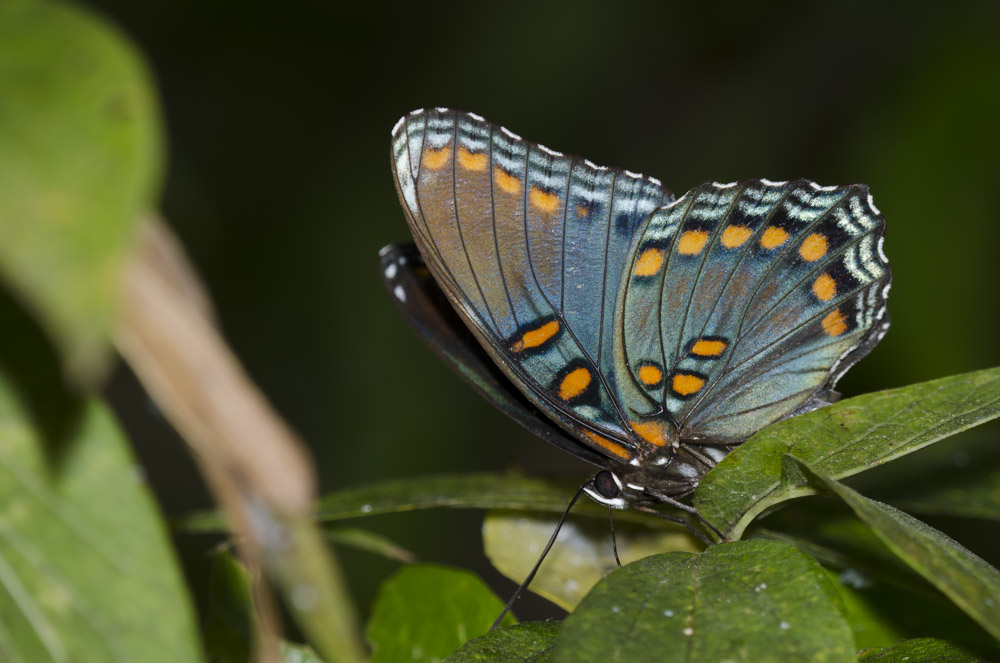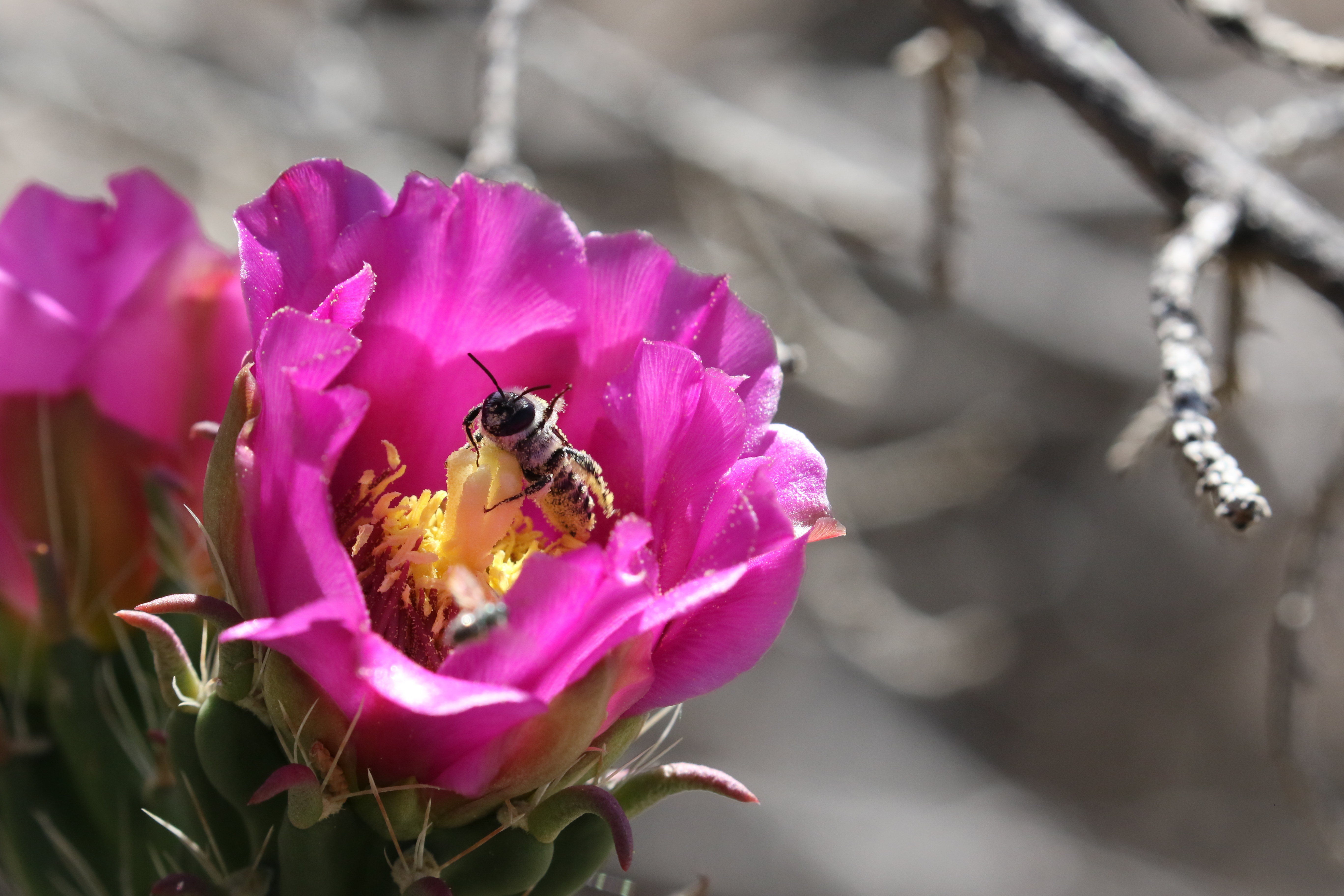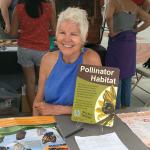Every Bee City USA affiliate starts with a pollinator champion. Could you be that champion for your community?
Earth Week is an inspiring time, brimming with opportunities to make a difference in the days following Earth Day—and beyond. If you want to mobilize your city or county to make room for pollinators, then the Xerces Society’s initiative, Bee City USA, might have the formula you need. The program galvanizes communities to sustain pollinators by providing them with healthy habitat, rich in a variety of native plants and free to nearly free of pesticides. Since the program’s establishment in 2012, 81 cities and 68 colleges have become affiliates—with a formalized commitment to protect pollinators.
Every Bee City USA affiliate starts with a pollinator champion. Could you be that champion for your community? Here’s how:
1. Visit Bee City USA’s website
Begin by learning more about Bee City USA, and its sister initiative, Bee Campus USA—and check out our growing lists of affiliate cities and campuses!
For those ready to apply, the website provides an overview of the application process and other resources. We ask that you submit a draft application and draft resolution for our approval before the application is finalized or the resolution is adopted. Just give us a call at (503) 232-6639 any time you have a question. We’re here to help.
2. Identify Other Friends of Pollinators and Biodiversity
The most important step is bringing all of the advocates together so that your community has a committed pollinator conservation team for years to come. Make a list of local groups that might care about conserving pollinators—garden clubs, civic groups, environmental organizations, beekeepers, Native Plant Society, environmental educators, garden centers, civic clubs, tree board, environmental advisory board, sustainability commission, parks and recreation commission… Ask them if you could take 10 minutes at an upcoming meeting to introduce them to the Bee City USA program. After each presentation, ask your host to submit a letter of endorsement addressed to the mayor—following the Bee City USA template.
3. Request Meeting with Mayor or City Council Member
Once you know you have support from the community, ask to meet with the mayor or a city council member to introduce them to Bee City USA. Toward the end of your meeting, share the endorsement letters you’ve collected and ask them if your community would consider applying for Bee City USA certification.

4. Respond to Questions
City staff will usually have questions about the commitments: “What will it cost?” “How much staff time is required?” “Does it require the city to create a new commission?” “Does it mean we can never use any herbicides, insecticides, or fungicides again?” There is plenty of information on the Bee City USA website to guide your answers to these questions, and if you need to, you can also email us at [email protected]. We’ll do our best to promptly respond to each question!
5. Identify Who Will Lead Your Local Effort
Collaborate with city staff and the elected body to determine whether the local Bee City USA effort will be led by city staff, by an existing or new city commission, or a nonprofit committee. Regardless of the leadership you choose, a city department should “sponsor” the effort and a staff member from that department should serve as the city’s liaison to the committee.
6. Submit Application & Draft Resolution
Now that you have consensus, the next step is to complete the application and draft the resolution following the Bee City USA template. When you’re satisfied with both, email [email protected] to ask that they be reviewed. You should receive feedback within a week, if not sooner. Neither the Pollinator Habitat Plan (recommended species list and pollinator-friendly Integrated Pest Management (IPM) Plan) nor the integration of the Plan into the city’s master plans have to be completed prior to applying. In fact, developing those plans is a great way to engage your committee for the first couple of years. When you apply, you are simply making the commitment to accomplish those initial steps and make your community more and more pollinator-friendly each year.

7. City Council Votes on Resolution
After the city votes to adopt the resolution, email a scanned copy to Bee City USA and pay the initial application fee. Bee City USA generally certifies new affiliates by email within a week if not sooner. The email will have information about getting started.
8. Celebrate!
Celebrate the city’s commitment to pollinator conservation, and invite the whole community to enhance habitat.
Thank you for your commitment to support pollinators. Together, we can make a big difference for the “little things that run the world.”
Additional Resources
Learn how to support pollinators and other invertebrates on our Earth Week page!
Learn more about the Xerces Society’s Pollinator Conservation Program.




